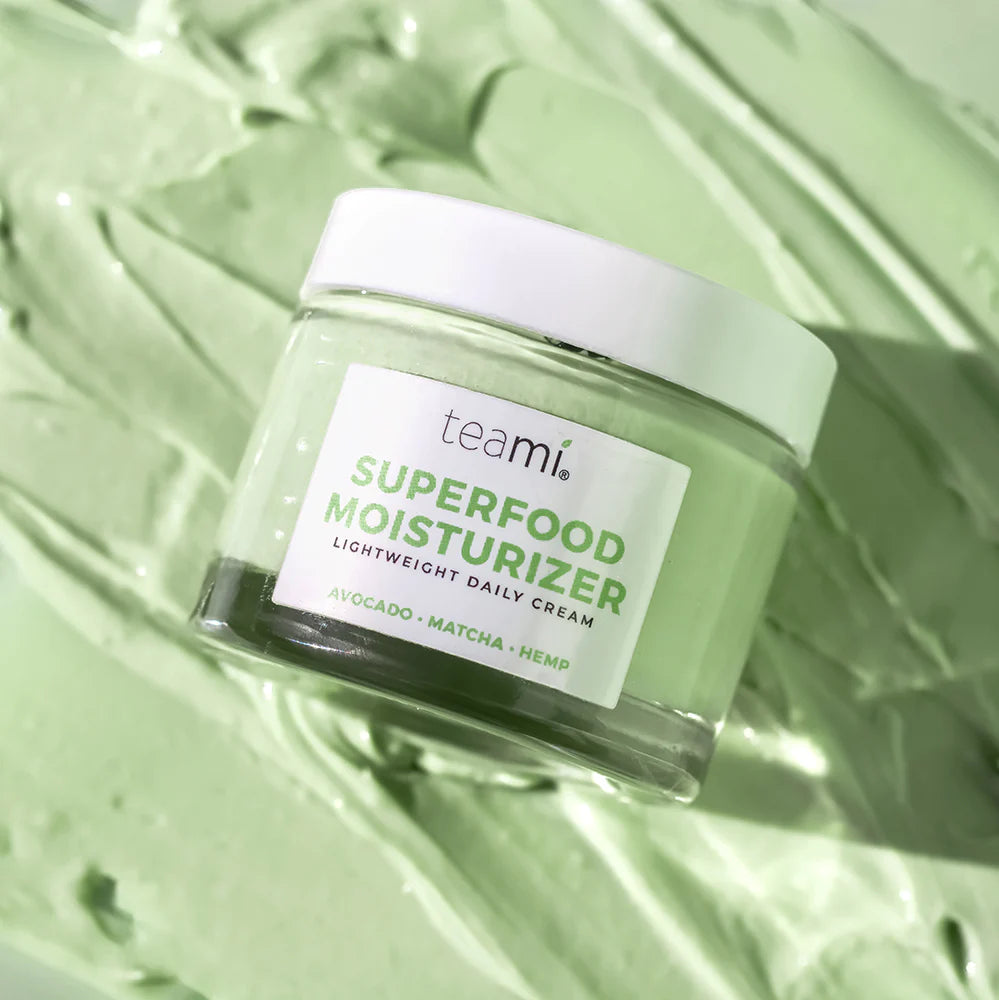To Boil or Not to Boil: Tea-Making Water Temperature
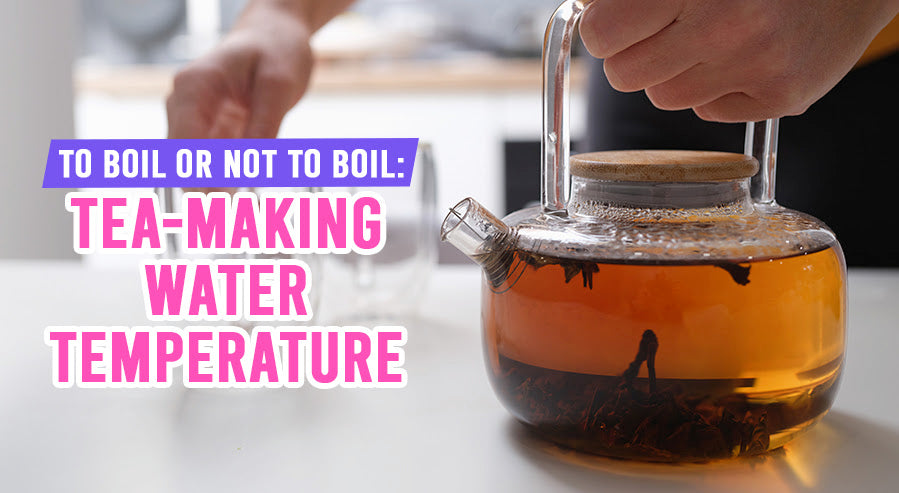
It's really important to start with boiling water if you're trying to brew the perfect cup of tea. You might not believe it, but the temperature of the water is super important in determining how good your tea tastes. Each type of tea needs its own specific temperature to really show off the best of its flavor, smell, and all the awesome aspects that make your tea so fun.
So, when you're standing there in the kitchen waiting for the water to get hot, you're actually on the edge of unlocking something pretty amazing. It could seriously change the way you feel about your tea. Catching that perfect temperature is important to making your favorite tea taste even more amazing; if you're a fan of the smooth taste of green tea or you're all about the strong flavor of black tea - getting the temperature right is super important.
Let me guide you through how to make tea properly. It's kind of a mix of science and a bit of creativity; I'm excited to show you - how adjusting the temperature of the water can seriously elevate your tea experience! From my experience, taking a moment to really learn what your tea needs can turn your tea-drinking moment - from just okay to absolutely fantastic!
Tea Types and Their Temperature Needs
To make an amazing cup of black tea or English Breakfast tea, first off, you should heat your water up to between 95-98 degrees Celsius and then let your tea steep for about 2 to 4 minutes. Doing it this way really brings out those strong flavors and rich aromas these types of tea are famous for. When you're talking about making Earl Grey tea, you'll need your water pretty hot too - right around 98 degrees Celsius; but only steep it for 3 minutes. This is important so you get that special Bergamot smell without it overwhelming you.
If green or white teas are more your style, you're going to want to use cooler water, think 75-80 degrees Celsius, and let them steep for just 1 to 3 minutes. The cooler water is super important because these teas can easily burn, and that just ruins their delicate flavors and all those beneficial antioxidants they're with. For white tea, in particular, keeping your water between 74-80 degrees Celsius with a steeping time of 1 to 3 minutes is just right for getting that soft, sweet flavor without any bitterness.
Heading over to light Oolong teas, shoot for a water temperature between 82-96 degrees Celsius and a steep time of about 3 to 4 minutes. This is going to help you get those lovely floral notes to be their best. But if you're making darker Oolong teas, they'll need a bit more heat - to fully express their strong flavors.
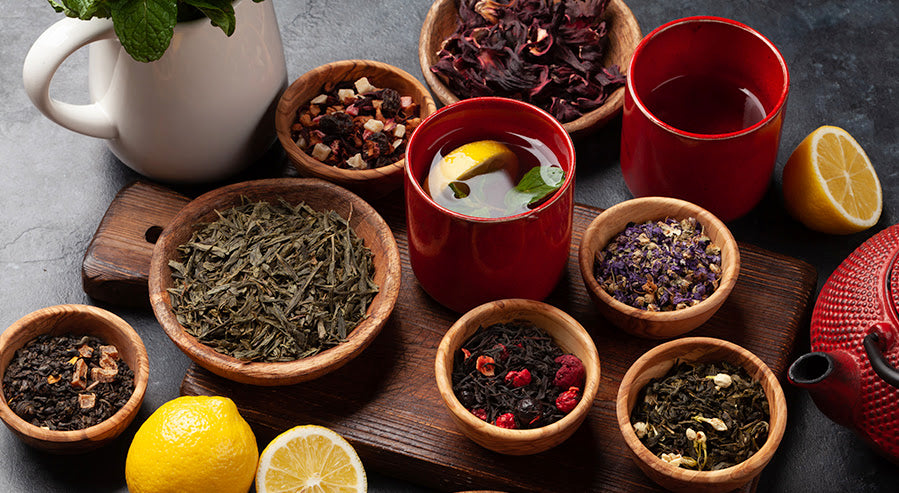
For Rooibos tea, shoot for water that's between 95-98 degrees Celsius and steep for about 2-3 minutes; this really shows its naturally sweet and nutty flavor. Herbal teas, on the other hand, usually need hot water, like 95-98 degrees Celsius, but with a longer steep time of 5-10 minutes. This varies depending on the blend and what tastes good to you; in order to really pull out all their specific flavors and health benefits.
Pu-erh tea, with its earthy and complex flavor, thrives with water temperatures at 85-98 degrees Celsius and a steep time of about 3 minutes. This technique really brings out its uniqueness.
From my personal experience, I want to say it's totally cool to mess around with these guidelines. Think of these temperatures and time suggestions as just the starting point. The real joy in tea making comes from putting your own spin on each cup and experimenting with different temperatures and times to show what each type of tea has to have. I always remind myself, and now you, that the best part of making tea is the experimenting we do to find what hits the find perfectly for us!
Why Does Green Tea Need Cooler Water?
It's a big deal to understand how important water temperature is when you're making green tea. The job here is to get those delicate flavors out and make sure you're getting all the health benefits from the antioxidants. You see, because green tea has leaves that are only lightly oxidized, it needs water that's not too hot. Unlike other teas that can handle boiling water and still taste fine, green tea is a bit more delicate.
You should want to use water that's between 150 to 180 degrees Fahrenheit, which is about 66 to 82 degrees Celsius, for green tea. Keeping your water in this range makes sure you keep those subtle flavors and antioxidants that are really good for you.
Since green tea is so delicate and not oxidized much, it has flavors and compounds that are super beneficial. But if you pour water that's too hot over it, you're going to miss out on all that goodness! So, picking the right temperature, which is somewhere between 150 to 180 degrees Fahrenheit, is important to preserve the tea's flavor and antioxidants. You're trying to gently pull out those flavors, so you keep all their health benefits.
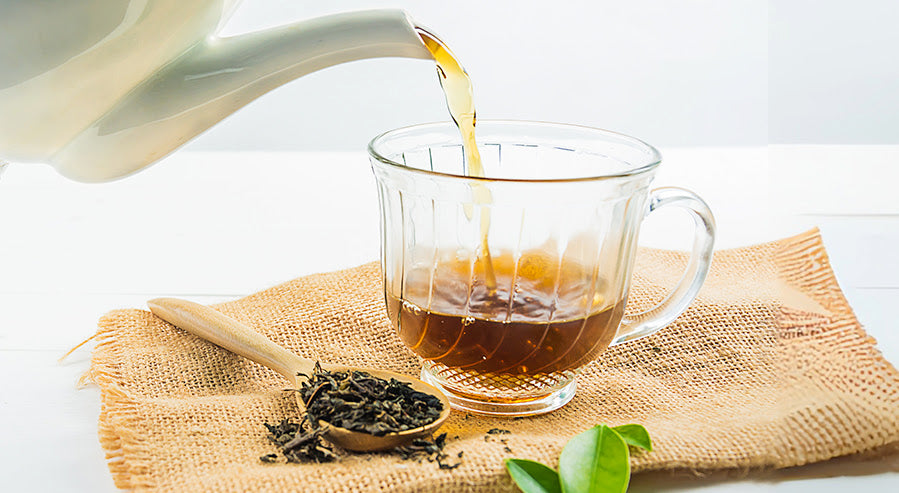
Getting your water to the right temperature isn't too hard, even without fancy devices. Just let your boiled water cool down for a bit before you brew your green tea to hit that perfect temperature range. This method does mean you have to trust your gut a little, maybe by checking the steam or feeling the heat near the pot so you don't rush it. Being patient is important because it allows the water to cool down just right on its own.
When it comes to Japanese green teas, which are known for their quality and depth of flavor, you'll want to use even cooler water, going for the lower end of our recommended temperature range. From what I've learned, getting the water temperature right for green tea is more about creating a personal connection with the tea than following rules. And trying things out within those guidelines, and learning and changing your method each time you make a cup.
Once you talk about the space of tea, you realize how important it is to learn about your water temperature, especially with green tea. Every time you brew a cup, it is a chance to improve your skills and celebrate the traditions and hard work that have made the tea culture so fascinating. So, don't worry about getting it perfect on the first try!
Is Boiling Water Always Best for Black Tea?
It's really hard to get high-quality black tea to turn out just right, but I've learned that boiling water isn't always the way to go. For many black teas, you definitely want to get that water boiling at 212 degrees Fahrenheit or 100 degrees Celsius because that's what brings out those fantastic flavors we all love. But it's not the same rule for every tea.
Take Darjeeling tea. To give you an example, this type prefers water that's a bit cooler, around 205 degrees Fahrenheit or 95 degrees Celsius. Just slightly cooler than boiling really makes a difference, allowing you to enjoy all the great tastes without any bitterness sneaking in.
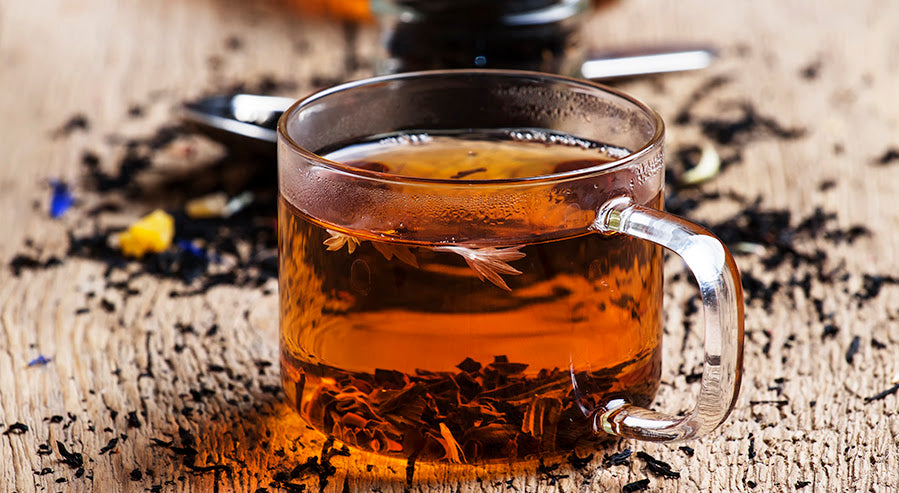
Through my own tea process, I've found how important it is to hit the perfect temperature for different black teas. Getting it just right, beyond basically boiling water, adds a unique touch that very changes the game.
This understanding has improved my tea and also made the experience far more exciting. Besides, it's a great way to look into the space of tea - if you've been enjoying it for years or are just starting out. Trust me; paying attention to these details has made my tea drinking moments so much better.
Oolong Tea Making Temperatures
To make your Oolong tea just right, start by figuring out the perfect temperature to brew it. Oolong tea varies a lot in how much it's been oxidized. This range can go from really light to pretty dark, so the temperature at which you brew it is important.
For the light Oolong teas, you're going to want to keep the water cooler, going for something between 90 degrees Celsius (194 degrees Fahrenheit) and 95 degrees Celsius (203 degrees Fahrenheit). This cooler temperature is great for pulling out those light, floral, and fruity tastes without making them too strong.
If you're leaning towards the darker Oolong teas, which have been oxidized a lot more, you'll need the water a bit hotter - between 95 degrees Celsius (203 degrees Fahrenheit) and 100 degrees Celsius (212 degrees Fahrenheit). That higher temperature is what you need to really get into those deep, rich flavors; think roasted nuts and dried fruits kind of taste.
When we talk about how long you should let your tea steep, let's start off with a quick one to four minutes. This is super important for the lighter teas because a shorter steep time means you get all those delicate flavors without them becoming too overpowering. And, as you make more tea with the same leaves, try adding an extra 30-60 seconds for each new step. This way, you can look into the flavors that you didn't catch the first time around.

The Gong Fu making method is all about multiple quick steps, right, at around 190 degrees Fahrenheit (88 degrees Celsius). This technique is amazing for looking at the tea's flavor as it evolves over a few short steps, with each new one revealing more about the tea's personality.
Facing a mix of temperatures for making Oolong tea, from 70 degrees Celsius (158 degrees Fahrenheit) to 100 degrees Celsius (212 degrees Fahrenheit), might seem a bit scary at first. But remember, this is where you get to have a bit of fun. The real game is all about experimenting to find that sweet find - that perfect brew that might not fit the standard rules but totally hits the find for you. Based on what I've learned, it's by trying different things and changing as you go that you usually find your perfect cup of tea. It's a unique process that ends up being completely your own.
So, I say go for it - mix things up; try out different making times and temperatures. The process of discovering your own version of tea heaven is really all about experimenting. it's totally worth it because there's nothing like sipping on a cup of tea that's fine for you!
Flavor in Pu-Erh with Boiling Water
Getting the water temperature just right is important when making Pu-Erh tea, which is a kind of fermented tea. To address the complexities from its traditional fermentation, boiling water is really important.
For ripe Pu-Erh tea, that has a rich and smooth taste because it's aged faster, you need to use water that is really boiling, at 212 degrees Fahrenheit. I always make sure to preheat the cup, which keeps the temperature steady. This will make sure the tea leaves are in the perfect warm environment to release their flavor.

If you're dealing with aged raw Pu-Erh, which ages slowly and is called "raw," for that reason, a Yixing clay pot is the best choice. This pot is amazing because it gradually absorbs the tea's flavor after you use it a few times. Pouring boiling water over the leaves for the first time is more about waking them up than rinsing them off.
This step begins a thoughtful process of adding water and then removing it - which really improves the tea's flavor. This complete process is something tea ceremony enthusiasts really value; it improves the natural richness of the tea.
But, when you have raw Pu-Erh that's closer to green or white tea, you should be more gentle. Cooler water and keeping the steeping time short are important to avoid any bitter or harsh flavors. Shoot for a gentle balance that's reminiscent of green tea but with its own special character.
Adjusting the steeping time and water temperature based on your preferences and the tea's quality adds a personal touch to every cup. Talking about Pu-Erh tea is about getting into the tradition while putting our own spin on it. We're moving on to discuss how these making practices can elevate our tea-making to the next level - remembering that each cup is a moment to honor tradition and Look at new flavors!
Finding The Perfect Blend
To make the perfect cup of tea, you should definitely use thermometers and electric kettles that let you adjust the temperature yourself. This is super important because it lets you have the control to make sure your tea tastes exactly how you like it. Adding that personal touch is what makes making your own tea so special. It turns to make tea into this exciting mix of figuring out what flavors you love - while still keeping an eye on those making recommendations.
The process of finding your perfect tea temperature really hinges on how well you know your own taste and smell. Imagine finding a new flavor layer in your favorite Oolong just because you decided to brew it a bit cooler. Or, what if giving your green tea a little extra heat shows a depth of flavor you've always missed? The cool part about getting into tea is that it invites you to mess around with temperatures within advised limits. This lets you try all sorts of adjustments to find that perfect flavor balance that's exactly your style.

Let me give you a little piece of advice: starting your mission for that ultimate tea experience with Teami is a good idea. We have an amazing pick of teas aimed at boosting wellness, supporting weight loss, bettering your sleep, and strengthening your immune system. With our number of products built to do good for both your body and your skin, Teami is really there for you, helping you navigate your process to better health every step of the way.
Subscribe to our Newsletter
Subscribe to our newsletter and get 10% off your first purchase
 Instagram
Instagram



